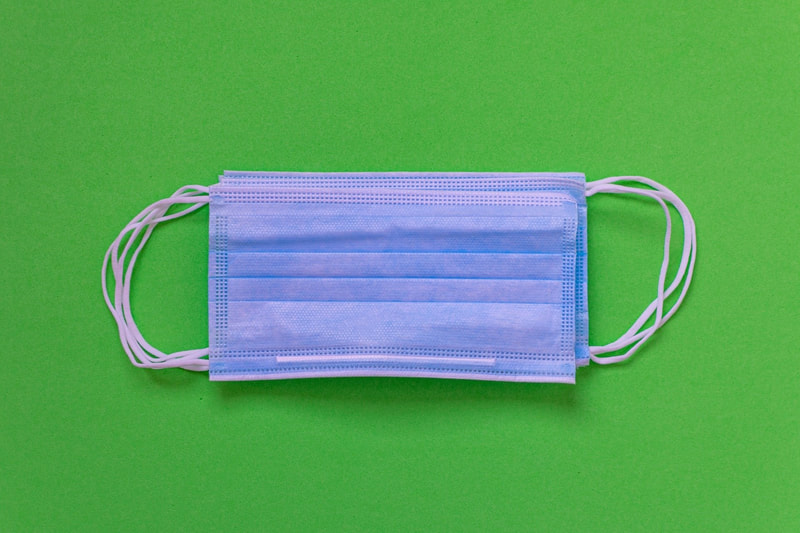|
We know that it’s important to wear a face mask at the moment as it helps to keep ourselves and others safe. I noticed after a few weeks of wearing my face mask that it was causing my skin to breakout. Regular face mask wearing and acne has become an annoyance for some people I’ve been talking to over the last few months. Someone even gave it a name, ‘maskne’. I’m aware it’s a minor issue as a result of the pandemic and I’m not undermining doctors and nurses who are doing a stellar job, while wearing full PPE. I’m curious to know how we can wear our face masks while keeping other people and our skin safe. “Choosing the correct fabric for your mask is important. You want to go for a breathable fabric like cotton,” says Stephen McEvoy, owner and sole therapist of Stephen Thomas Male Grooming and Skin Clinic. “Breakouts are happening to people with all skin types because the bacteria from our breath is landing on the mask and face. The bacteria makes its way into the pores where they multiply and can infect them. Polycotton, nylon and polyester face masks can cause the covered area to sweat, compounding the problem because synthetic materials are not breathable. Those with sensitive skin especially should opt for breathable fabrics as they’re more prone to breakouts.” McEvoy advises that a reusable mask should be washed daily and to dispose of a single-use mask after four hours of continuous use. Keeping your mask clean is important. McEvoy says to wash your reusable mask at 60 degrees and to make sure it’s dried thoroughly before using it again. He says liquid detergent is better than powder as it rinses easier and doesn’t leave powder residue. Face masks should be washed separate to other garments. I heard that some people spray salicylic acid-based products on their mask before use to reduce the chances of maskne. However, McEvoy doesn’t advise to spray anything onto the mask as this may interfere with normal breathing and cause adverse skin reactions. Cleaning them thoroughly and changing them regularly should suffice. It’s important to avoid touching the mask with your hands for reasons of hygiene. You should only touch the ear loops. Disposable face masks should obviously be binned straight after exercising. “The more strenuous the exercise, the more condensed saliva the mask collects from exhaling. If you’re using a reusable mask, once the workout or activity is complete, treat the mask like you would a sweaty t-shirt, jocks or socks – wash it and wear a fresh one,” says McEvoy. There are simple hygienic steps that can reduce the chance of maskne. McEvoy recommends brushing your teeth or using mouthwash after you eat and drink coffee, tea, alcohol or soft drinks due to their acidic nature. “If you smoke, it’d be a good idea to do the same after you finish your cigarette,” he adds. Keeping your mouth clean means that there will be less bacteria to be excreted onto your mask from anything consumed. “Exfoliating a couple of times a week and washing your face in the morning and at night with a face wash will help reduce breakouts too,” says McEvoy. If you do get spots, he urges you to never pick them as it can cause scarring. It’s important to get a facial treatment periodically, where you can get advice on how to care for your specific skin type. Remember, the area under the mask is now being exposed to constant moisture from breathing and as a result it can be a breeding ground for bacteria. So, with that in mind, we need to take extra care of ourselves in order to reduce the chances of maskne. This post is not sponsored. Stephen McEvoy can be contacted for further advice for skincare and advanced skin techniques on 01 6729444. You can also email him, [email protected]. A full list of his treatments including skincare facials and advanced skincare treatments can be found on his website, www.stephenthomas.ie. Comments are closed.
|







 RSS Feed
RSS Feed
